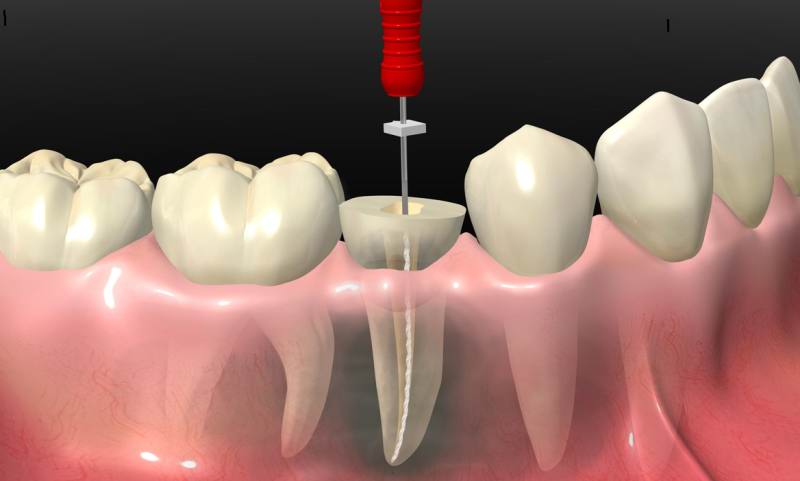Root Canal
We always recommend a visit to the dentist every six months, so as to maintain an excellent oral health. But sadly, over a period of time, we have found that tooth pain remains to be the strongest motivation behind a visit to the dentist. Unlike earlier times, when a decay and cavity meant a death sentence for the poor tooth, to be followed by extraction, we can now save the tooth and eliminate the pain. Thus you retain your tooth with all its function and esthetics!
Signs indicating you might need an RCT
- Smelling in gums or face with pain in teeth.
- Chronically painful teeth.
- Pus discharge from gums.
- Severe sensitivity in tooth.
RCT
What to Expect During a ROOT CANAL? :
If you think you need a root canal, consult your dentist today. There are a number of steps that occur over a few office visits (usually between one and three).
X-ray
if a dentist suspects you may need a root canal, he will first take X-rays or examine existing X-rays to show where the decay is located.
Anesthesia
Local anesthesia is administered to the affected tooth. Contrary to popular belief, a root canal is no more painful than a filling.
Pulpectomy
An opening is made and the diseased tooth pulp is removed, the canals cleaned and shaped using the most advanced chemico-mechanical methods.
Filling
The cleaned canals are filled with gutta-percha material and sealed off with cement.
Crown
Post a successful root canal treatment, it’s recommended to cap or crown the treated tooth to preserve its integrity and structural strength. Thus increasing the lifespan of the tooth.

